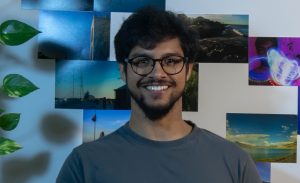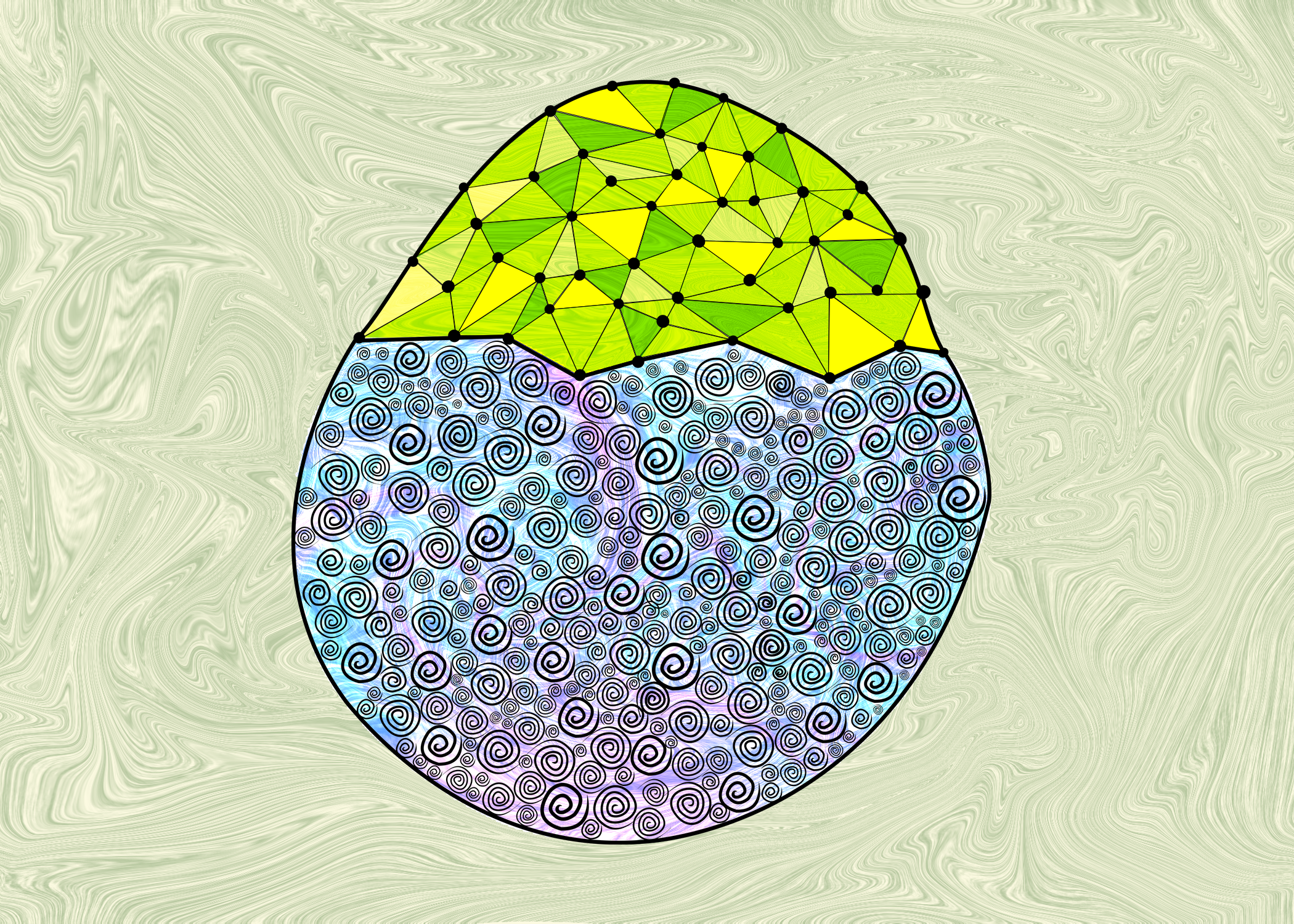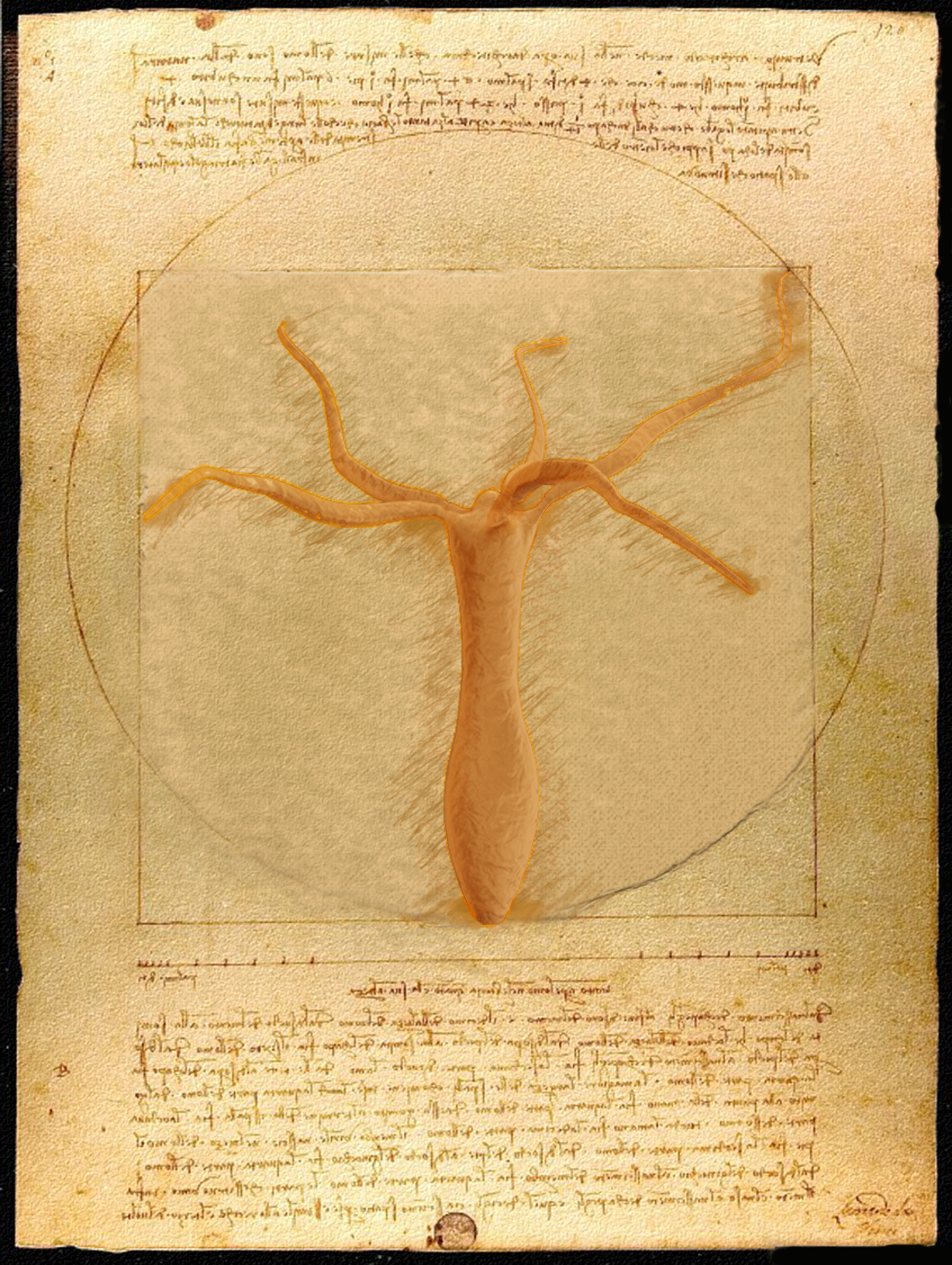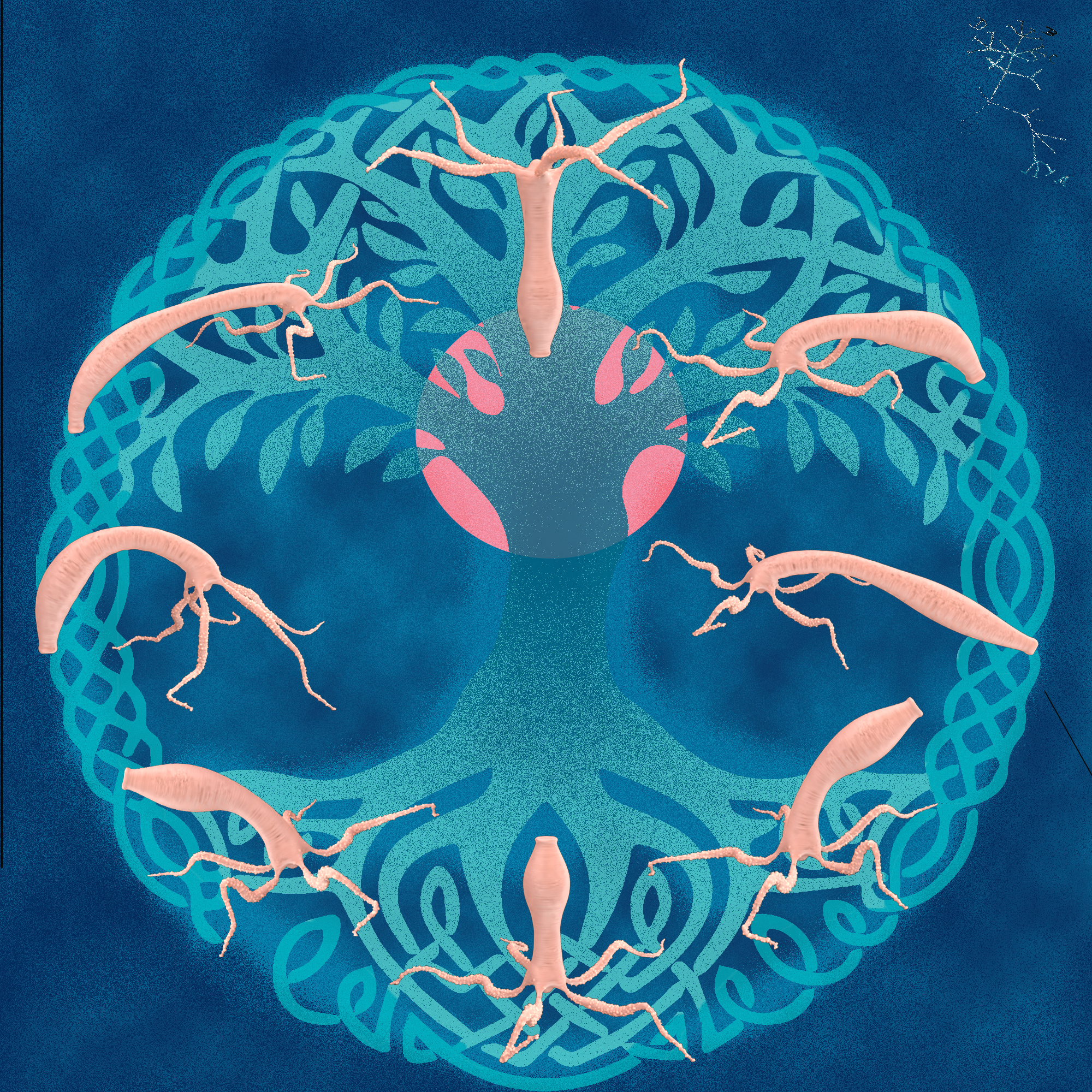SciArt profiles: Suyash Naik
Posted by the Node Interviews, on 13 January 2021
This is the first in a new series on the Node profiling scientists who do art (or artists who do science). We’ll learn about why they do it, their artistic influences, their techniques and tips. We’ll be looking for new people to feature in this series throughout the year – whatever kind of art you do, from sculpture to embroidery to music to drawing, if you want to share it with the community just email thenode@biologists.com (nominations are also welcome!).
Our first profile is of Suyash Naik, a graduate student from the IST Austria, whose art we first saw on Twitter.
Where do you work and what are you currently working on?

I study at the Institute of Science and Technology Austria, with the supervision of Dr Carl-Phillip Heisenberg and Dr Edouard Hannezo. I’m currently in the third year of my graduate studies working to understand the mechanics of epithelium movement during zebrafish embryonic development. I am especially interested in understanding the intermediate filament cytoskeleton’s role as the epithelium spreads during gastrulation. For this I am learning to apply various interesting biophysical techniques that our labs have developed, such as laser cutting and imaging.
Has science always been an important part of your life?
I’d say curiosity and learning new things have been important aspects of my life. I grew up with an interest in natural history and dinosaur fossils, and also liked watching and reading popular science fiction. Naturally I was always interested in learning more about science and understanding the world we live in. This interest was fuelled further by great teachers and incredible opportunities that allowed me to do the things I do day to day now. For instance, in school I took part in a group that used to plan and do simple experiments revolving around DNA. This led me to pursue an education at IISER where I had the opportunity to explore and work in different labs.
And what about art – were you always interested in drawing? What or who are your artistic influences?
I have been interested in sketching and photography but I have never had the opportunity to pursue any formal education in them. But recently I made more of an effort to consistently create and also be more forthcoming with the things I’m doing and have done in the past, as a way to have an outlet for creativity and to track my mental health during these stressful times. For me what is most interesting and important is the change of perspective I gain when viewing something as an artistic inspiration rather than a scientific curiosity. I have always enjoyed visual art like paintings and animations. The lockdowns this year also greatly increased my appreciation for street art. Watching great pieces from some of my favourite artists like Nekro and Illunis has been a real joy during lockdown walks along the Danube canal this year. But most importantly of all I draw inspiration from my creative friends who make some truly amazing artwork!
“For me what is most interesting and important is the change of perspective I gain when viewing something as an artistic inspiration rather than a scientific curiosity.”
How do you approach your art?
I mostly use digital mediums currently as I have some familiarity with them, but I am still hoping to learn different types of techniques to create sciart. I am looking forward to learning more about art techniques in the coming years and creating/experimenting different styles. I usually enjoy colorful and futuristic looking artwork and that is something I especially want to learn how to create.
Tell me about your zebrafish artwork?
For the zebrafish artwork, I had thought of the design long ago to sort of combine the ideas that I wanted to base my PhD around and things that were ongoing in my lab at the moment.

The embryonic part of the embryo is an artistic representation of a model epithelium. Recently in my lab a few great publications (such as this article by Schwayer et.al, this article by Boocock et. al., this and this review by Shamipour et.al.) explore how flows of different cytoskeletal proteins play an important role during development. This made me think of some acrylic pour that a friend of mine had made, and I wanted to incorporate that as a component of the artwork. That leads to the flowy backdrop of color that exists in the picture. The yolk over which the epithelium moves is a collection of nutrition for the developing embryo in the form of collected yolk granules. These were represented in spirals depicting these granules.
And what about the Hydra pictures – I think both have reference to historical pieces or myths?
The Hydra pictures were some that I had created working on a project during my undergraduate studies.

I was fascinated by the role of mechanics in the somersault motion of the organism. Of course it was a running joke in my group that the organism had gotten its name from its incredible ability to regenerate and hence was mythical. This along with the fact that I was enjoying working alongside Leonardo da Vinci as an assassin in virtual gamespace (Assassin’s creed series) made me want to depict Hydra as a part of something you would find in his work. I felt drawn to the Vitruvian man as it was very a mechanical description of the human body.

When the work was published we also wanted to create something to celebrate the occasion and for trying to get selected as a cover article. For that I made another similarly mythological/gaming themed piece as a succession for the vitruvian Hydra. Hence I decided to go again along similar themes and went with a celtic Norse mythological reference. I hence depicted the major steps in the somersault movement at the branches and roots of the world tree, Yggdrasil. The sun rises in the background shining light onto the pioneering steps in a ‘primitive’ organism performing a motion on a solid surface.
What are you thinking of working on next?
I am looking forward to getting back to some exciting experiments I have planned for next year, maybe those would drive some new interesting ideas. I do not have a concrete plan of where I am going next with my art studies but what I do know is that I want to create and learn as much as I can!


 (17 votes)
(17 votes)